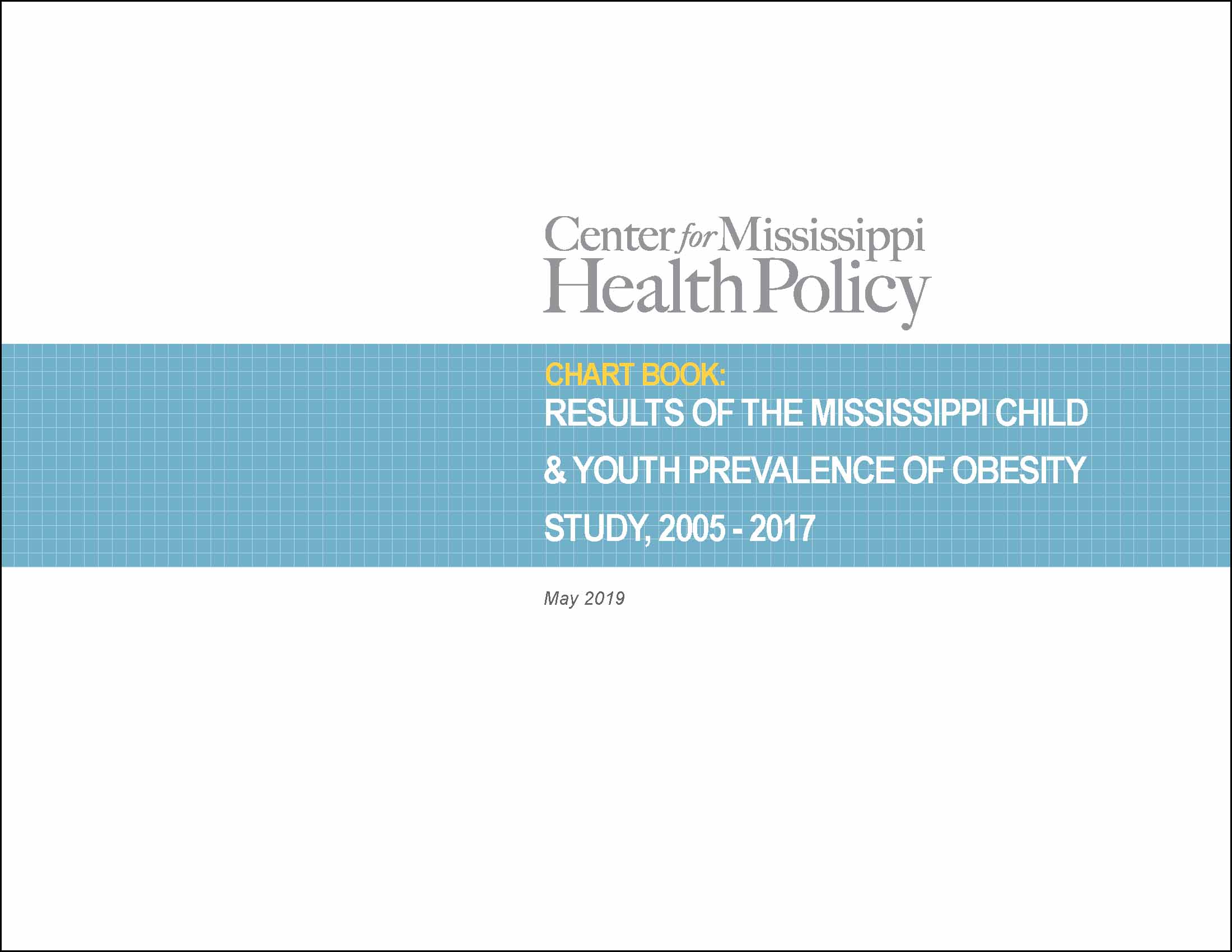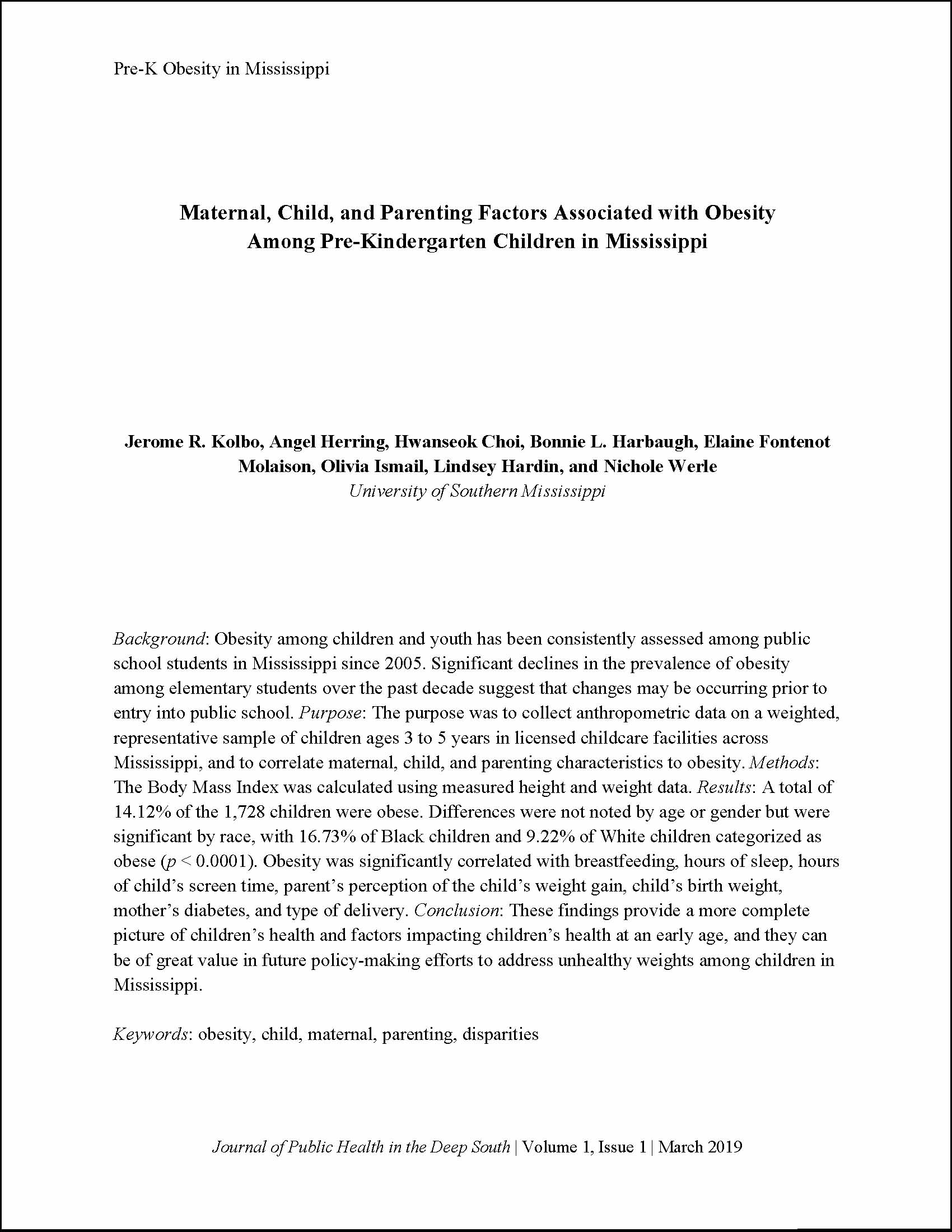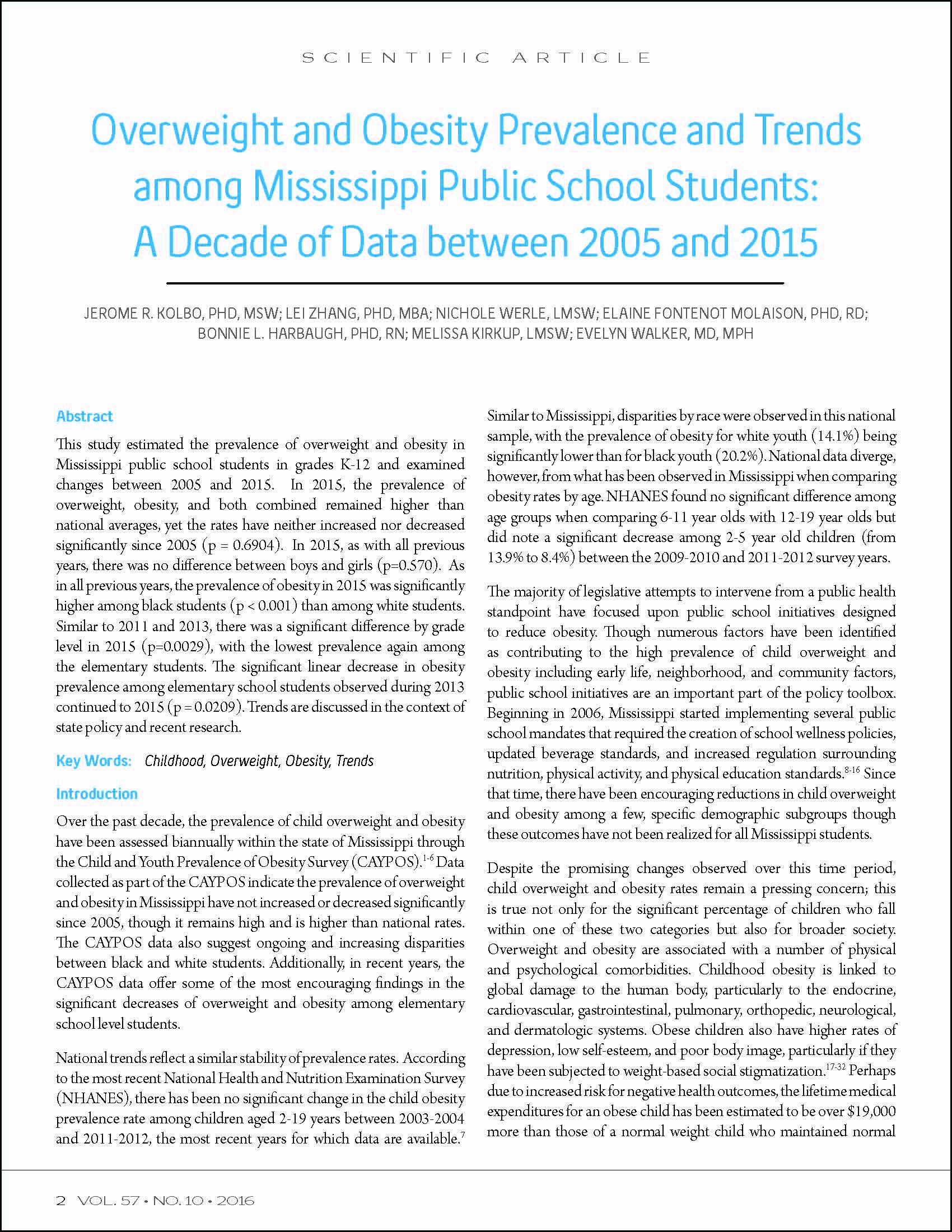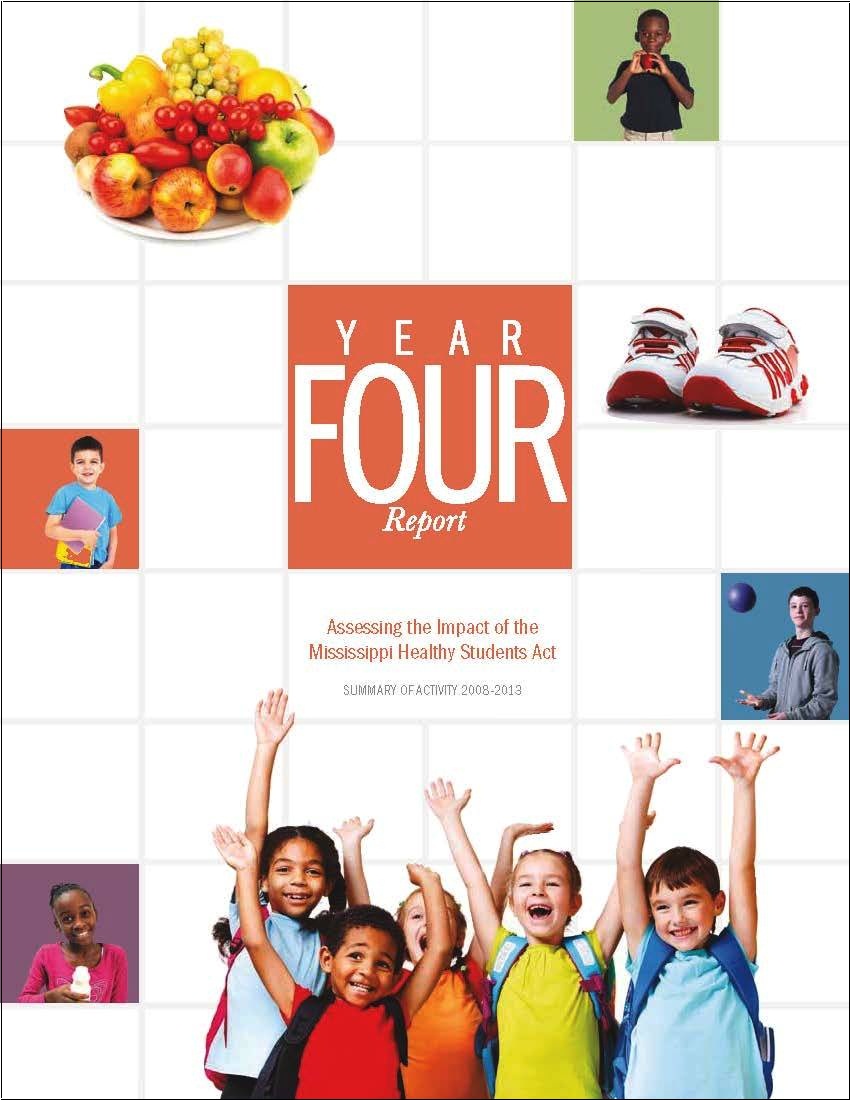Childhood Obesity in Mississippi: Prevalence and Trends
Thursday, May 9th, 2019

The Child and Youth Prevalence of Obesity Study (CAYPOS) has been conducted biennially from 2005 through 2017 by researchers from the University of Southern Mississippi, led by Principal Investigator Dr. Jerome Kolbo. The multi-year study uses school nurses to collect height and weight measurements on a representative sample of public school students statewide in grades K through 12 in order to determine the prevalence of obesity among public school students and examine trends. One of the key findings of the study has been the significant decline in obesity among elementary school students in Mississippi, and for the first time in 2017, there was a significant drop in the combined prevalence of overweight and obesity among all K-12 students. The 2017 data also documented improvements in racial disparities for obesity, reaching the lowest level in the 12 years of measurement.
The continued drop in obesity rates for elementary students led researchers to develop another study to examine obesity rates among preschool children in the state and to identify maternal, child, and parenting factors associated with obesity among pre-kindergarten children. Researchers collected anthropometric data on a weighted, representative sample of children aged 3 to 5 years in licensed childcare facilities across Mississippi.
CAYPOS KEY FINDINGS
Obesity Rates
- The obesity prevalence for Mississippi public school students in K-12 varied from 25.5% in 2005 to 23.7% in 2017. This change, however, was not statistically significant (p=0.4895).
- The obesity prevalence for Mississippi elementary school students (K-5) decreased from 25.0% in 2005 to 21.0% in 2017, a statistically significant decline (p=0.00973).
- The obesity prevalence for black students in 2017 was 25.4%, which was significantly higher than the white rate of 21.7% (p=0.040).
- The racial disparity continued to decline in 2017 from its peak in 2009 and reached the lowest level in the 12 years of measurement.
- The obesity rate did not differ by race among the elementary school students (p=0.168) nor the high school students (p=0.944), but it did differ significantly among middle school students (p=0.004).
- The obesity rate differed significantly by gender and race (p=0.020). Black female students had the highest obesity rate of 28.1%, and white female students had the lowest obesity rate at 20.9%.
- The obesity prevalence among high school students (grades 9-12) increased significantly from 23.5% in 2005 to 25.2% in 2017 (p=0.0137).
Combined Overweight & Obesity Rates
- The combined prevalence of overweight and obesity for all students in K-12 decreased significantly from 43.9% in 2005 to 40.0% in 2017 (p=0.0395).
- The decline in the combined prevalence of overweight and obesity among elementary school students continued to be statistically significant (p=0.00065).
- In 2017, the combined prevalence of overweight and obesity for black students of 42.0% was significantly higher than the rate of 37.7% for white students (p=0.019).
- The significant difference by race applies to the total population and to middle school students, but not to elementary or high school students.
- The combined prevalence of overweight and obesity differed significantly by gender and race (p=0.014). Black female students had the highest rate of 45.1%, and white female students had the lowest rate at 37.2%.
Pre-Kindergarten Obesity Study KEY FINDINGS
- A total of 14.12% of the 1,728 children were obese. Differences were not noted by age or gender but were significant by race, with 16.73% of black children and 9.22% of white children categorized as obese (p<0.0001).
- Obesity was significantly correlated with breastfeeding, hours of sleep, hours of child’s screen time, parent’s perception of the child’s weight gain, child’s birth weight, and type of delivery.
- Obesity was not significantly correlated with average age of the introduction of solid foods, physical activity, mother’s weight gain during pregnancy, mother’s tobacco use, nor gestational age at birth.
FOR MORE INFORMATION:
Copies of the journal article Maternal, Child and Parenting Factors Associated with Obesity Among Pre-Kindergarten Children in Mississippi, published in the March 2019 issue of the Journal of Public Health in the Deep South, can be found by clicking the link at the left.
A link to a chartbook containing a summary of CAYPOS data on the trends in overweight and obesity among Mississippi public school students from 2005 – 2017 can be found in the sidebar to the left. The CAYPOS was used as a key component in the evaluation of the impact of the 2007 Mississippi Healthy Students Act. The reports from the five-year project, Assessing the Impact of the Mississippi Healthy Students Act, detail findings from multiple studies conducted by researchers from the University of Southern Mississippi, Mississippi State University, and the University of Mississippi that included on-site observational studies of school nutrition environments, fitness evaluations, and surveys of school officials, parents, and policymakers, along with CAYPOS data, to assess the impact of changes in the school and home environments on childhood obesity. A copy of the final report, Assessing the Impact of the Mississippi Healthy Students Act, can be downloaded by clicking the link at the left.
Printed copies of these documents are available by contacting the Center for Mississippi Health Policy at 601-709-2133 or by e-mail at info@mshealthpolicy.com.
This page was last updated in May 2019.





